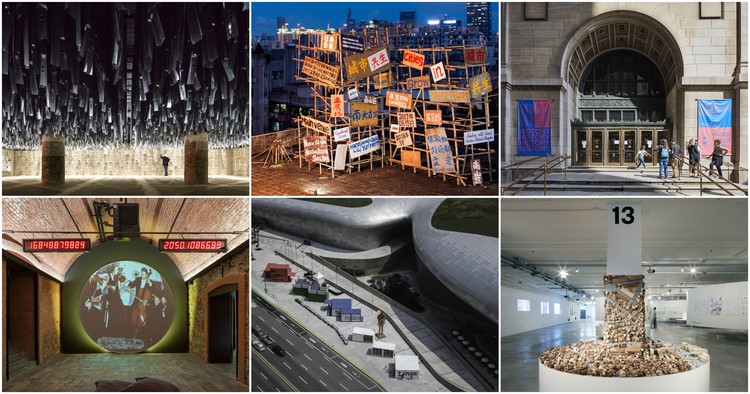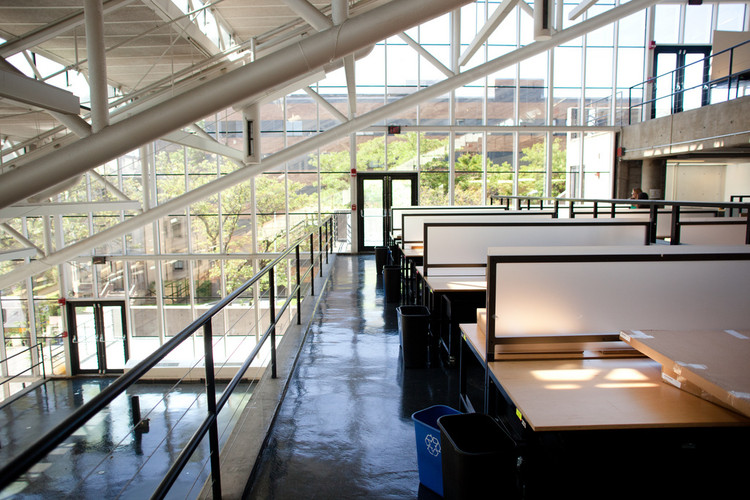
This article was originally published by The Architect's Guide as "How to Create a Target List of Architecture Firms."
In a previous article, 5 Reasons Why You Need Multiple Architecture Portfolios, I discussed the importance of creating a targeted employment application. This process begins with selecting the office(s) where you would like to work.
So with the thousands of architecture firms out there, how do you know where to apply? I am sure you can come up with a few companies off the top of your head or perhaps you have a specific firm in mind.
Regardless if you are targeting one employer or are simply looking for a “new job” these strategies will help you create your ideal architecture firm list.













.jpg?1511989021)


















